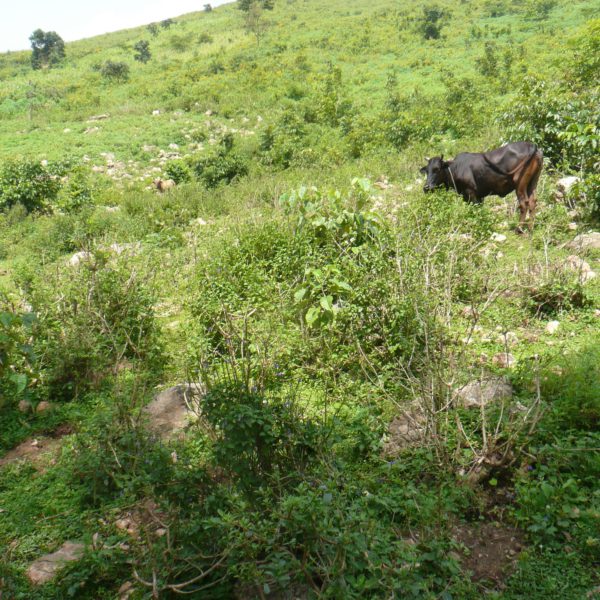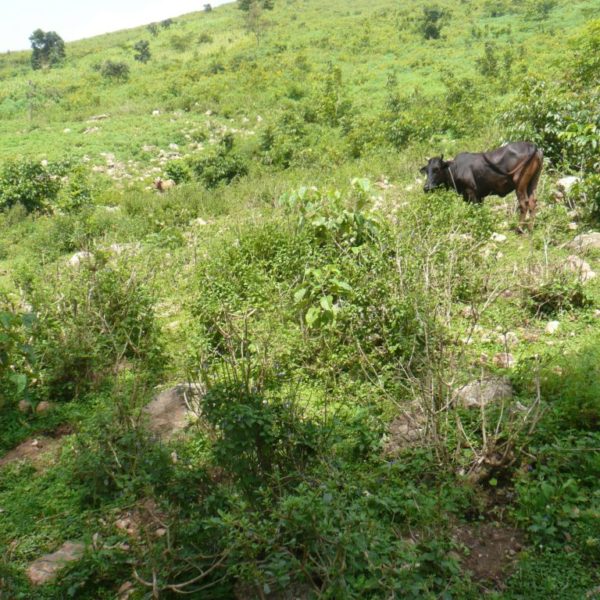THE CHALLENGE
Any ecological environment influences farmers’ living conditions in varied forms, positively or negatively.
Misango Hills, a notable geographical feature in Kakamega County, has been deforested over a long period of time, which has resulted in a progressive reduction of agricultural potential caused by soil erosion and reduced water supply. The reduction of plant and animal diversity has further affected the ecosystem, severely influencing the livelihood of the people living in the vicinity of these hills.
OUR APPROACH
By initiating the rehabilitation of Misango Hills we want to
- improve food security
- improve water supply
- curb erosion on surrounding sloping farms
- improve plant and animal biodiversity
- mitigate climate change effects
- improve environmental awareness
- create a profitable tourist attraction for future generations
Two NGOs have already tried to reforest the Misango Hills, however their attempts failed. In 2013, the Government of Kenya also promised to reforest the hills, but no visible action has taken place so far. Gazetting of the hills was done in 2013.
Based on our proven bottom-up and holistic approach, we started off this very challenging and long-term endeavor in 2013 with a comprehensive and detailed plan, with community involvement and ownership and the inclusion of various stakeholders. We were aware that only with minute planning we could succeed where others had failed.
We simultaneously adopted a combination of environmental awareness, civic education, agriculture education, tree production and tree planting. For ownership and sustainability, the community (Community Owner Resource Persons – CORPS) was first trained in sustainable farming practices and tree planting techniques. We further already involved them in the drawing-up of the initial plans to ensure continued participation for a long-term engagement.
Since 2013, 350,000 mostly indigenous trees have been grown and planted by our farmers groups. However, the survival rate of the trees is only about 70% and we are working on improving this result. Erratic weather patterns and unfavorable surface and soil conditions are the main reasons for these challenges.
Presently 8 farmers groups are involved in this activity .The training of additional farmers is ongoing to engage more groups in this worthy initiative.





